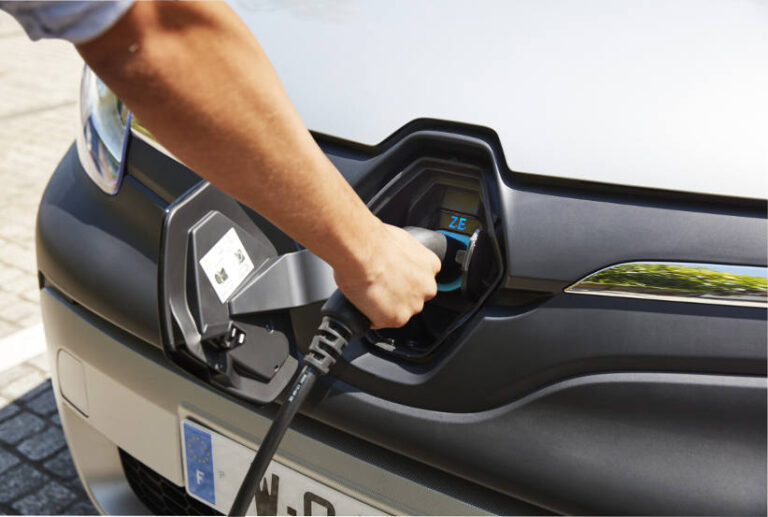– By David Brown –
Overseas fleet markets have a variety of characteristics but they are at the forefront of a number of trends for encouraging the development of electric vehicles that may eventually become available for the fleet market in Australia.
Johan Verbois from the independent automotive consultancy 5sconsulting, has compiled some comparison figures from Dataforce a leading market research firm in the German fleet market.
In European over 50% of the market is fleet vehicles while in the US it is 19.5%, Russia it is 13.8% and China it is 6%.
There is also a significant different in the nature of the fleet markets between European and American with the US having a much bigger focus on short term rentals (61.4%) while the Europe market is “true” fleet (52.7%) and industry fleet (29.8%).
But the type of vehicles that will be used in the future is not just a matter of technical development but the operating conditions that governments are implementing to tackle pollution and congestion problems and to encourage technological research and development in their own countries.
The European Union has set challenging CO2 targets for vehicles moving from 159 g/km in 2007 to a target of 95 g/km in 2021, to a proposed target of somewhere between 68 to 78 g/km in 2025. The good news is that by 2015 they were ahead of the target trend.
The speed in which this new technology is embraced is directly linked to government support especially in the initial stages and Australia is lagging behind.
Lenore Fletcher from BMW Australia expressed her company’s position most forcefully saying, “Australia is so far behind that it’s frightening in terms of comparing us with our colleagues in Europe and in the USA. We rate behind those in a very long way and we are in fact right behind what we would consider to be emerging economies or third world countries”.
Overseas governments are taking very significant measures that will directly affect fleet operations. Many countries have incentives for buying electric vehicles.
Pollution levels in London are way above acceptable standards and they have been higher than Beijing on some days. Older, more polluting cars will have to pay a £10 charge (AUD$17) per day to drive in central London from 23 October 2017 and by 2019 £100 (AUD$170) for buses, coaches and HGVs.
Road pricing, a road user charge based on factors such as where you travel, at what time of the day and the pollution level of your vehicle are being used around the world.
Quite a few large capital cities are specifically targeting diesel vehicles initially focusing on banning those that do not meet recent pollution standards.
France and the UK have said they want all new cars to be electric vehicles (or other zero emission vehicles) by 2040, but India is wanting to move even more quickly. They want all new cars sold in their country to be electric by 2030!
So how will the Australian market be served by electric vehicles?
We spoke to Renault Australia and they said, “Renault is one of the top LCV manufacturers in Europe, however the Australian commercial market has a different composition. In Europe there are two main electric vehicles sold by Renault; ZOE is a five-seat passenger vehicle and Kangoo Z.E. is a small light commercial van”.
“Return-to-base businesses (delivery, SMEs, maintenance) can incorporate Kangoo Z.E. into their fleets and benefit immediately from the running cost savings an electric vehicle provides”.
“ZOE has a different customer, which is more retail based and works well for urban-based families, a second car in the home or car share programmes”.
“The Renault Kangoo Z.E. is the best-selling electric LCV in Europe and could represent an opportunity for Renault in Australia. But, Australia’s electric vehicle market is unlikely to move beyond its current niche position without government support. This is a major determining factor in the consideration and evaluation of the market, as it immediately constrains the potential of the technology”.







